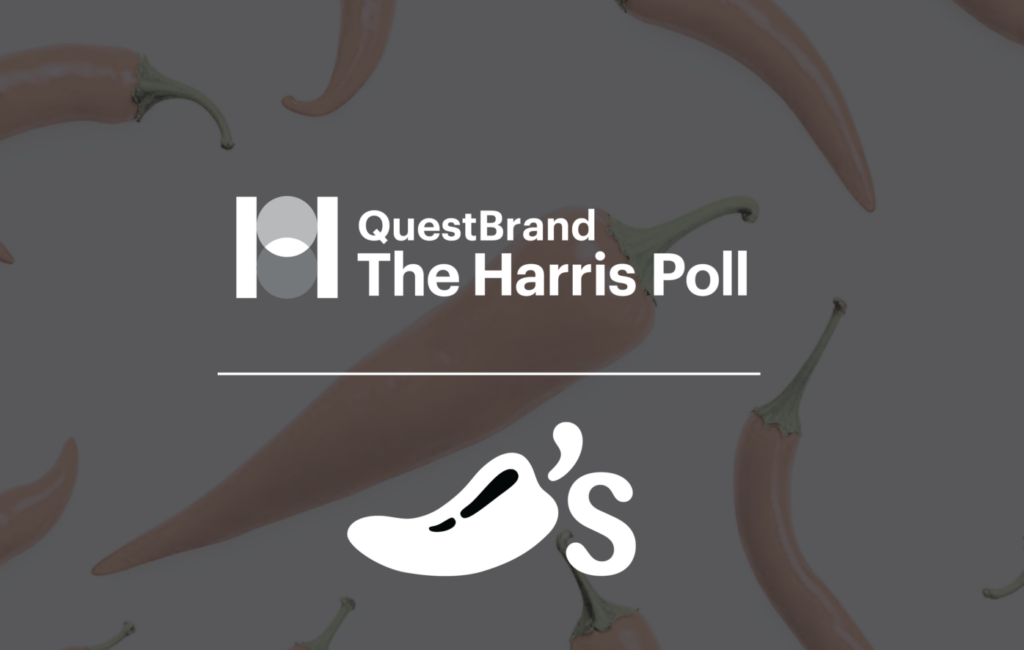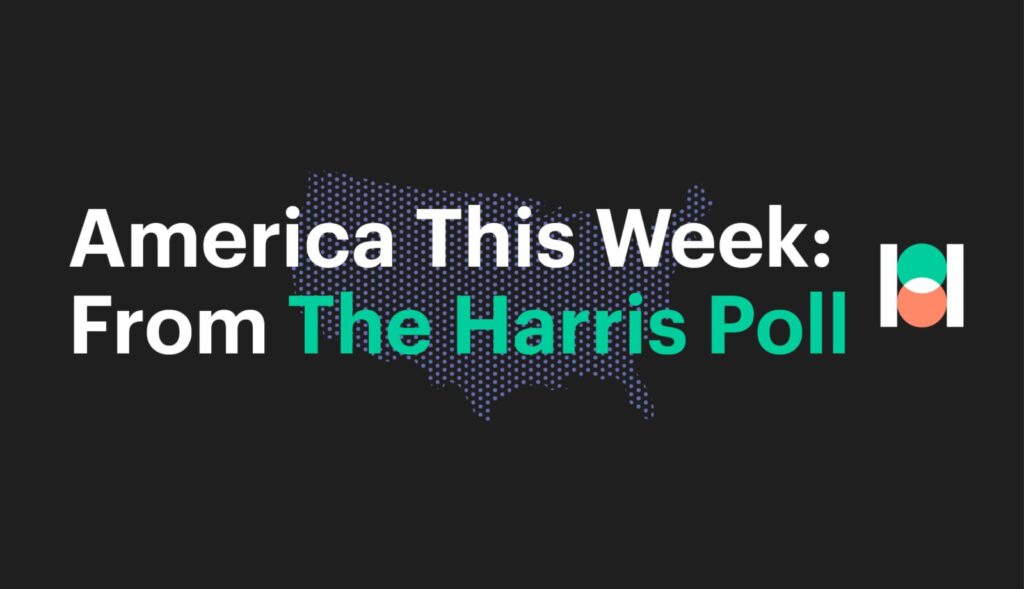Brief • 4 min Read
Are Politics Suppressing Consumer Spending? Snacking For Therapy, The Inequities in RTO, and Growing Home Buying Anxiety.
The latest trends in society and culture from The Harris Poll
We have four new stories this week:
- It’s not a boycott; it’s an opt-out. In a new Harris-Guardian Poll, nearly four in ten consumers stopped buying from companies whose politics have shifted.
- We and Mondelēz find snacking is inversely correlated to a peaceful, non-partisan society.
- There are growing inequities between WFH and RTO workers and new challenges for managers.
- From lack of inventory to unrealistic budgeting, many American homebuyers are in for a shock this year.
Consumers Opt Out of The Economy Over Brand Politics: The Guardian-Harris Poll
It’s not brand switching; it’s brand canceling: What does it mean for the economy if four in ten Americans are hitting pause on buying brands that are shifting with the current political landscape?
- Morals drive spending: Four out of ten American consumers (43%) have shifted their expenditures over the last few months to align with their morals.
- It’s more than just switching stores: Over one-third of American consumers (36%) are “opting out” of the economy, meaning they are moving to net-zero spending on some basket items where companies have offended them politically.
- Why is this important? Consumer spending accounts for nearly (70%) of America’s GDP. If this spending truly is evaporating vs. switching to a competitor, that spells trouble for an economy already beset by inflation and, soon, tariffs.
- As consumers look to disengage entirely, a similar number (31%) report having no interest in supporting the economy this year – a sentiment especially shared by younger (Gen Z: 37%), Black (41% v. white: 28%), and Democratic consumers (35% v. IND: 29%, GOP: 28%).
- Walking the talk: A quarter (24%) have even stopped shopping at their favorite stores because of politics (Black: 25%, Gen Z: 32%, Democrats: 31%).
- Listen to our CEO John Gerzema’s discussion with Samantha Fields on Marketplace.
Takeaway: This is a confusing landscape for consumers, and many are frustrated by the political system and the sudden shift of policies, whether on DEI or CEOs tilting toward the new administration. Think of this as ‘laissez-faire consumerism’. Buyers aren’t boycotting; they are just disengaging themselves from the marketplace and businesses that disappoint them.
Snacking Is The New Self-Care: Mondelēz-Harris Poll
Last year, we found that more than two-thirds of Americans curtailed their news consumption to protect their mental health. This year, we’re dunking Oreos! In the new Mondelēz State of Snacking Report, more consumers than ever are turning to snacks for emotional support.
- Snacks help overcome the headlines: (81%) of global consumers told us a snack helps escape daily stress, and (65%) say snacking helps them take their mind off the world’s issues.
- Snacking as global diplomacy? In a highly divided world, (64%) of people globally say they regularly snack to bond with others.
- Smaller portions catch on in snacking: What we’re calling “petit moi” living is taking over, with (73%) preferring “a smaller portion of an indulgent snack than a bigger portion of a low fat/sugar alternative version.”
Takeaway: Gone are the days when snacks were just an in-between meal fix. Now, they’re being positioned as tiny, edible therapists. “Between doomscrolling through multiple crises and watching our bank accounts battle egg-flation, these small moments of joy aren’t just coping mechanisms, they’re becoming strategic tools for well-being,” writes CSO Libby Rodney & MD Abbey Lunney in the latest Next Big Think!
The RTO Supply & Demand Disconnect: Indeed-Harris Poll
As more professional workers return to the office, our latest Indeed-Harris Poll study in WorkLife shows a growing inequity in who commutes and who can still work from home.
- While the appetite for remote work hasn’t waned, the demand has: Over four in ten (42%) employees have applied for a job specifically because it was remote. Still, fewer than (9%) of all job listings on Indeed offer WFH options.
- However, landing a WFH role depends on industry and pay grade: The most prevalent WFH roles are in tech (34%), banking and finance (23%), and marketing (26%). Meanwhile, customer service reps and psychotherapists are among the many workers being called back to their desks, with the share of remote job listings for such roles plummeting to about (7% each) according to WorkLife.
- The ugly truth remains that the financial burden of RTO falls disproportionately on lower-income employees and working parents. (WorkLife)
- According to Indeed, nearly 6 in 10 women aged 35 to 44 actively search for remote roles.
Takeaway: “There is a level of hypocrisy with the recent RTO mandates that has swept through the workplace,” said Doug Dennerline, CEO of performance management platform Betterworks, adding that remote work has become a luxury of the “talent elite.” The survey data backs that up: the lower your salary and education level, the more likely you will be summoned back to the office.”
Home Buyers Are In For A Shock: NerdWallet-Harris Poll
Though this year’s housing market will likely remain tough for home buyers, many are entering 2025 with bold (potentially naive) optimism in our latest work with NerdWallet.
- Hoping for a deal: More Americans (15%) plan to buy next year than in previous years, yet they expect to spend an average of $259,088 – well under the national median sales price of $420,000.
- And while over half of prospective buyers (54%) have begun scrolling through listing apps, only a third (35%) have started a down payment fund.
- Living costs dampen the housing dreams: (35%) of nonhomeowners say that the high cost prevents them from buying a home.
- Owning a home for the wrong reasons? (54%) Americans say there is too much pressure to own a home in the U.S.
Takeaway: The number of homes for sale is paltry, mortgage rates remain relatively high, and prices are steeper than ever. Unfortunately, some of this year’s homebuying hopefuls will likely be disappointed. While one in six (15%) Americans looking to buy equals about 39 million people, only 4.9 million existing homes have been sold annually since 2020.
Subscribe for more Insights
Subscribe to our newsletter for the latest trends in business, politics, culture, and more.
Related Content









